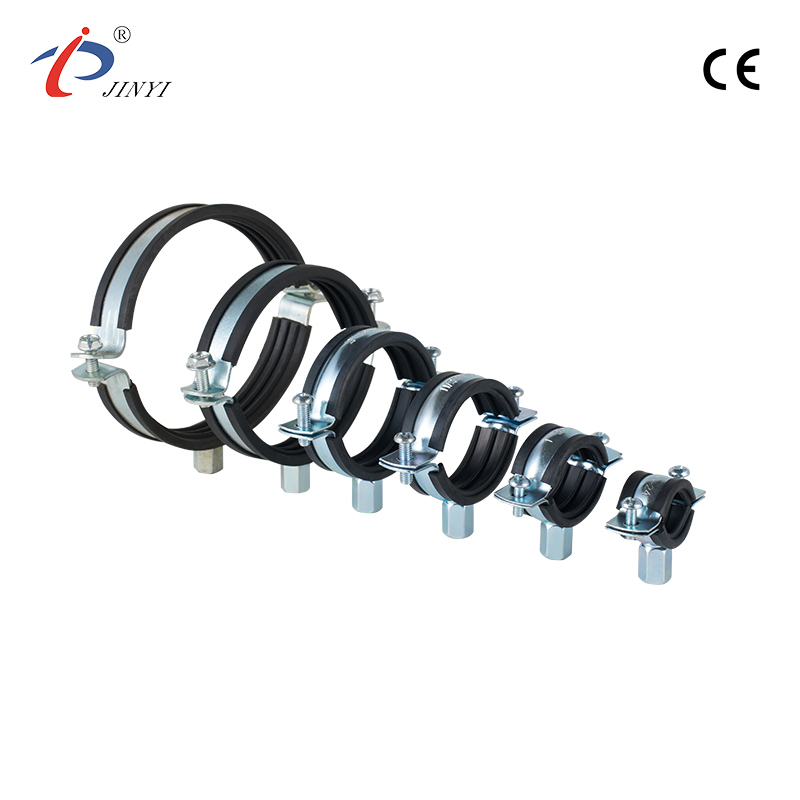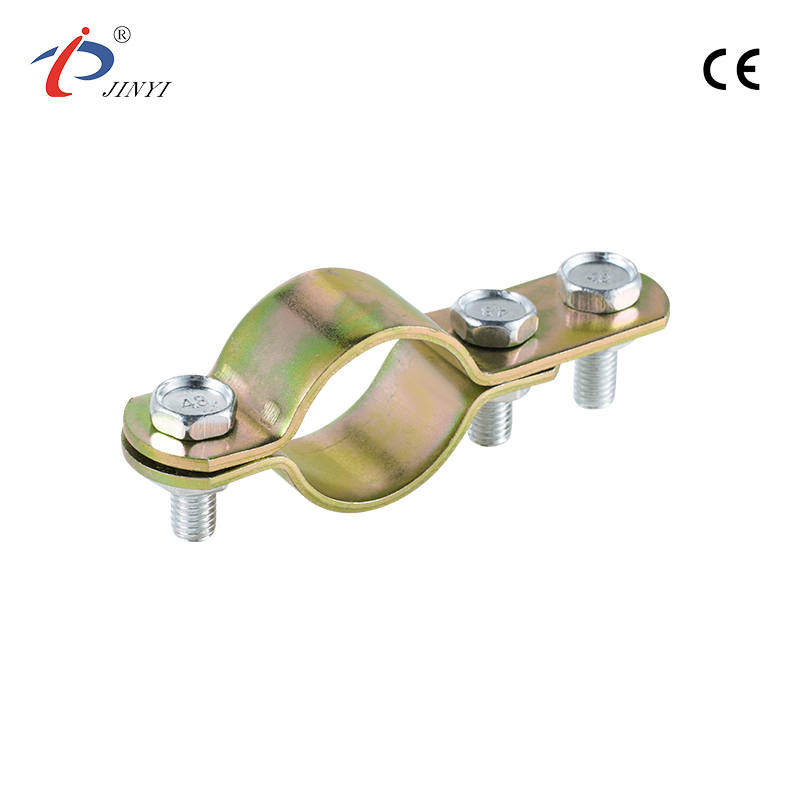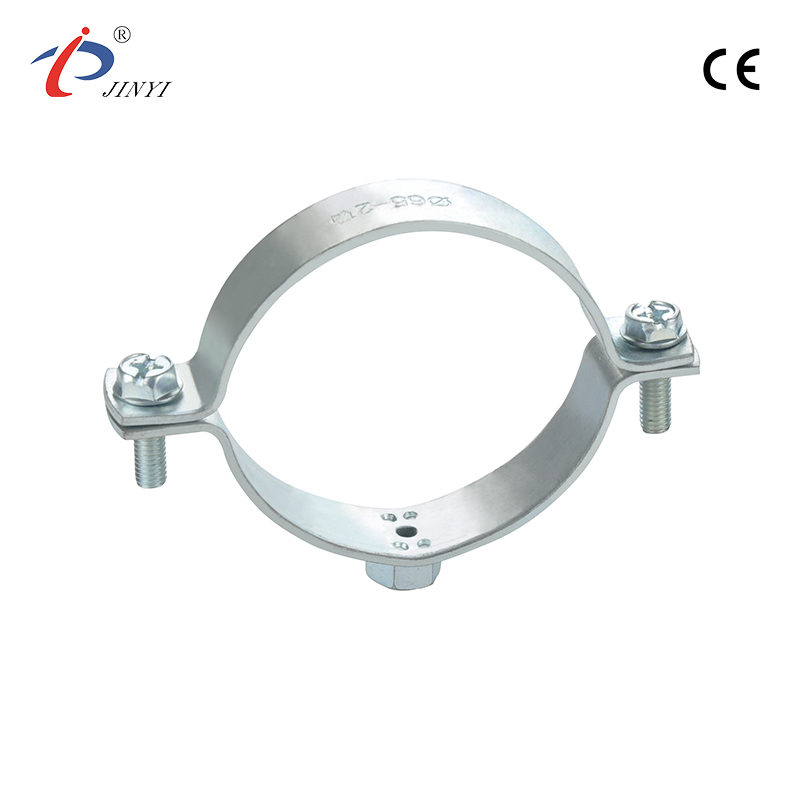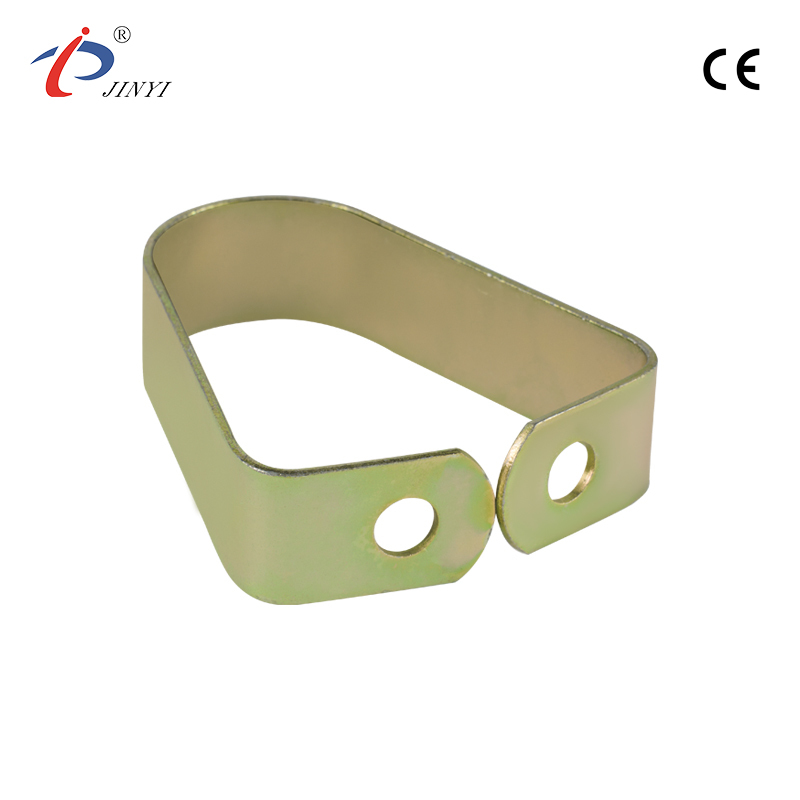How Can You Ensure a Stable and Safe Shower Base
2025-11-17
Bathroom Stability: Installation Methods for Shower Bases Support Frames
In contemporary bathroom design, ensuring stability, hygiene, and long-term reliability is paramount. A Shower Bases Support Frame plays a crucial role in achieving these goals, providing the structural foundation necessary for maintaining the alignment, safety, and performance of the shower system. While often unseen, the frame determines how weight is distributed, plumbing connections are aligned, and maintenance can be carried out efficiently. Selecting the appropriate installation method is essential, as different approaches suit varying base types, flooring materials, and bathroom layouts.
Preparing the Floor and Assessing Subfloor Conditions
Successful installation begins with a thorough evaluation of the subfloor. Bathrooms may feature a variety of flooring types, including concrete slabs, wooden joists, or composite panels. Each material interacts differently with the support frame. A level, stable surface is critical for distributing weight evenly and preventing stress points that could cause movement or damage to the shower tray. Uneven or sloped floors may necessitate the use of adjustable legs or shims to achieve proper alignment. Taking the time to assess the subfloor ensures the foundation for a safe and long-lasting installation.
Securing the Frame: Fasteners vs Adhesive
Once the subfloor is prepared, the frame must be anchored securely. Installation options generally include mechanical fasteners or adhesive methods. Fasteners offer rigid support, often preferred in commercial settings where heavy loads or high-traffic usage demand maximum stability. Adhesive-based installation, meanwhile, is practical for residential spaces where drilling may damage tiles or subflooring. Adhesives can provide reliable support while minimizing disruption to the surrounding area.
Regardless of the chosen method, proper anchoring ensures the frame remains fixed under daily use. A stable foundation prevents tray movement, protects plumbing connections, and contributes to the long-term durability of both the shower base and the surrounding floor materials.
Aligning with Plumbing and Drainage Systems
Correct alignment with the drain outlet is critical for proper water flow. Misaligned frames can result in pooling, leaks, or uneven drainage, leading to long-term structural damage. Many modern frames include height and angle adjustment options to facilitate a flush fit with the shower tray and drain system. For more complex bathroom layouts, modular frames with removable sections provide flexibility, enabling precise positioning and reducing the risk of misalignment during installation.
Proper alignment also supports maintenance and inspection. A correctly positioned frame simplifies access to plumbing components, making it easier to identify potential issues before they escalate. This approach supports a hygienic, safe, and well-maintained bathroom environment.
Prioritizing Maintenance Accessibility
Ease of maintenance is a crucial consideration during installation. Frames designed with liftable panels, removable legs, or modular sections allow cleaning and inspections without dismantling the entire system. This design ensures that bathrooms remain hygienic while reducing the risk of damage during routine upkeep. Accessible frames are especially valuable in high-use or commercial spaces, where consistent performance and cleanliness are essential.
Material Considerations for Installation
Shower Bases Support Frames come in a variety of materials, including corrosion-resistant metals, engineered composites, and durable plastics. Each material requires a suitable installation approach. Metal frames can typically accommodate standard fasteners or anchors, while lighter plastic or composite frames may rely on adhesive pads or interlocking systems. Understanding the properties of each material ensures proper support, stability, and long-term durability under repeated use.
Ensuring Safety and Load Distribution
Safety is the ultimate goal of any support frame installation. Regardless of the method, frames must distribute the load of the shower tray and water evenly across all contact points. Anti-slip feet, reinforced crossbeams, and robust brackets contribute to stability, reducing the risk of cracking or movement during everyday use. Proper installation ensures both structural integrity and confidence for users, creating a secure foundation for the entire bathroom system.
Adapting to Modern Bathroom Layouts
Modern bathrooms often include underfloor heating, integrated plumbing, and non-standard floor shapes. Flexible and modular frame designs accommodate these variations, reducing installation complexity. For renovations, adjustable components allow frames to fit different tray sizes or layouts, ensuring a professional finish even in challenging spaces. This adaptability is key to achieving both efficiency and aesthetics.
Long-Term Maintenance Practices for Support Frames
Installation alone is insufficient to guarantee longevity. Regular maintenance is essential to preserve structural integrity, hygiene, and performance over time. Factors such as humidity, cleaning agents, and daily use can affect stability and corrosion resistance. Implementing a consistent care routine extends the life of the frame and reduces future repair costs.
Routine Cleaning
Cleaning the frame regularly prevents moisture accumulation and material degradation. Using pH-neutral, non-abrasive cleaning solutions avoids damaging protective coatings. Gentle cleaning supports effective water drainage and reduces the buildup of dirt or residue.
Moisture Management
Excess humidity can accelerate corrosion or weaken structural components. Proper ventilation, such as exhaust fans or windows, minimizes prolonged exposure to moisture. For enclosed bathrooms, protective barriers or mats help prevent condensation from collecting around key areas of the frame.
Structural Inspections
Periodic checks are vital for early detection of wear or damage. Inspect legs, crossbeams, brackets, and connection points for signs of corrosion, bending, or loosening. Frames with modular or adjustable sections facilitate tightening or replacement without disassembling the entire system, preserving weight distribution and stability.
Lubrication of Moving Components
Some frames feature adjustable legs or sliding components. Light lubrication with non-corrosive oils ensures smooth operation and prevents wear. Excess lubrication should be avoided, as it may attract dust or interfere with hygiene.
Protection from Chemicals and Physical Damage
Harsh cleaning agents can degrade surfaces, while impacts from heavy objects can bend or scratch frames. Using mild cleaning solutions and careful handling during renovations maintains alignment and protects critical support areas.
Material Longevity
Frames constructed from corrosion-resistant metals, coated steel, or engineered composites provide enhanced durability. Maintaining these materials through cleaning, inspection, and careful use minimizes replacement needs and supports environmental responsibility.
Innovative Frame Designs and Industry Trends
Manufacturers are evolving support frame designs to meet modern bathroom demands. Contemporary frames prioritize flexibility, hygiene, durability, and environmental consciousness.
Modular and Adjustable Features
Frames with adjustable height, angle correction, or modular expansion simplify installation in bathrooms with irregular subfloors or non-standard tray sizes. These designs reduce labor, save time, and ensure precise alignment, particularly in renovation projects.
Integration with Smart Technologies
Some frames are being developed to work with monitoring systems. Embedded sensors can track moisture levels or detect shifts in tray alignment. Early detection helps prevent damage and reduces maintenance requirements, contributing to a safer and more efficient bathroom environment.
Advanced Materials
Durable, corrosion-resistant metals and innovative composites resist rust, moisture, and chemical damage. Eco-friendly coatings and sustainable raw materials support long-term reliability while reducing environmental impact. These materials also enhance ease of handling during installation and maintenance.
Space-Efficient Designs
Modern frames often feature compact profiles and optimized crossbeam arrangements. Slimmer designs allow more underfloor clearance, support underfloor heating, and fit in urban environments with limited space, all while maintaining robust structural support.
Hygiene and Cleanability
Smooth surfaces, minimal gaps, and easily removable components simplify cleaning routines and prevent water pooling. Hygienic design supports safer bathrooms, particularly in high-traffic areas, hotels, or commercial facilities.
Extend Longevity and Performance
Combining proper installation with ongoing maintenance ensures that Shower Bases Support Frames deliver consistent performance over time. Regular cleaning, moisture management, inspection, lubrication, and careful handling protect the frame from corrosion, misalignment, and structural stress. Selecting durable, corrosion-resistant materials and adopting thoughtful installation practices ensures a stable, safe, and hygienic bathroom environment.
By embracing flexible, modular, and innovative designs, homeowners and contractors can achieve bathrooms that are not only functional and aesthetically pleasing but also reliable and long-lasting. High-quality support frames form the foundation for performance, safety, and sustainability, demonstrating that even foundational components play a pivotal role in modern bathroom design.



 русский
русский  Español
Español 









